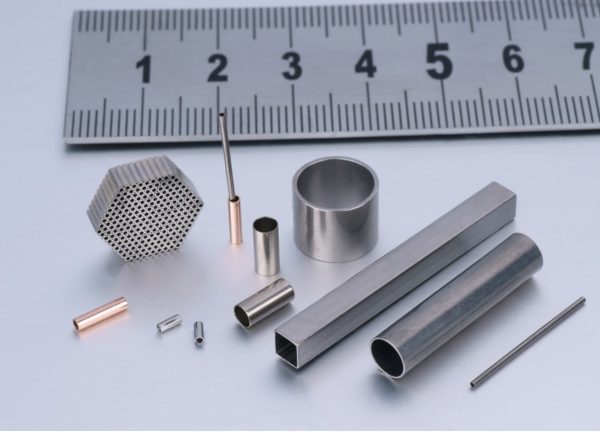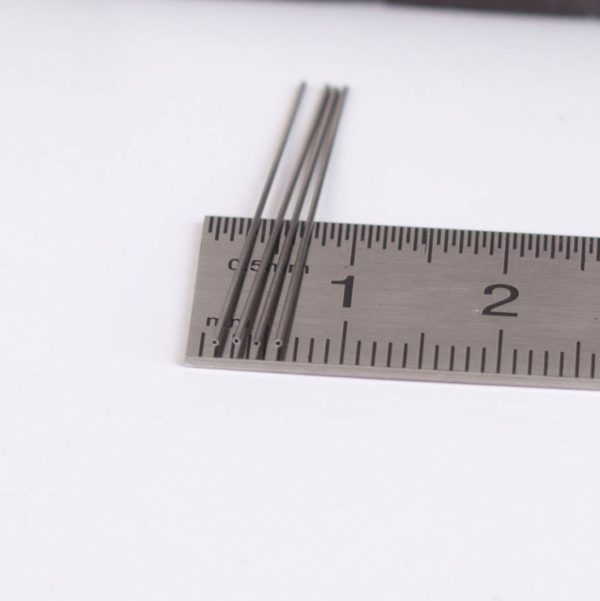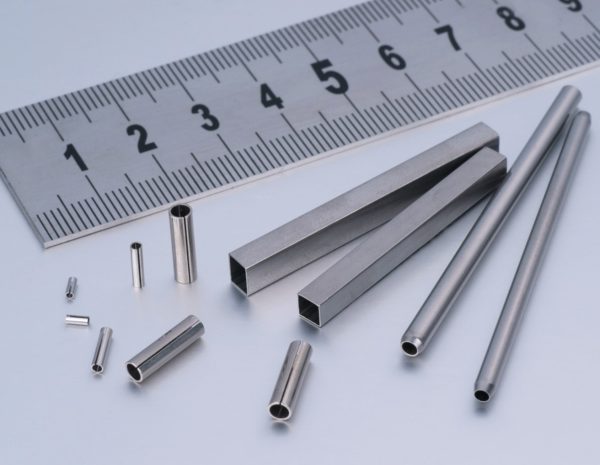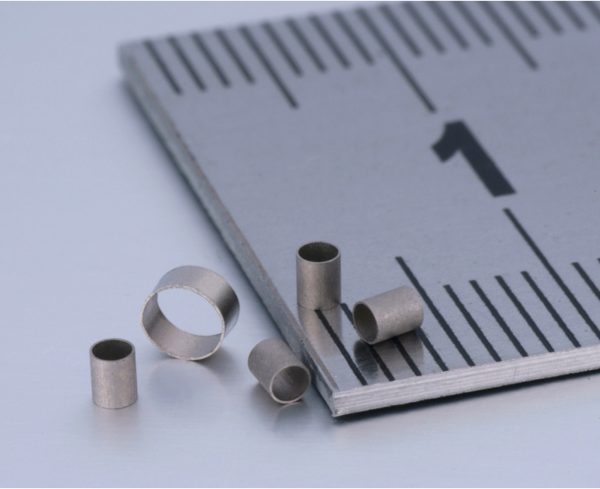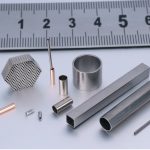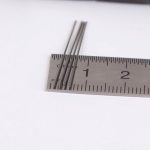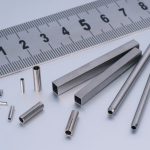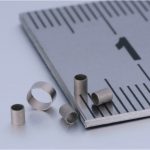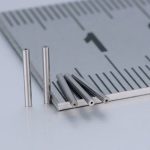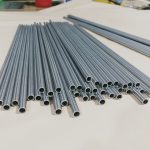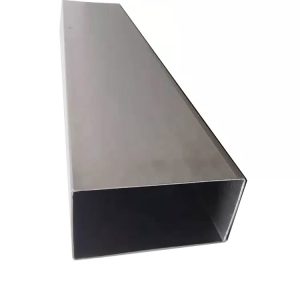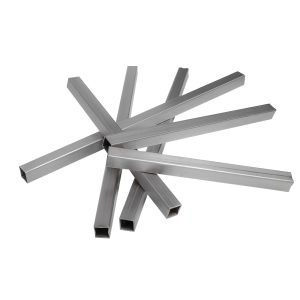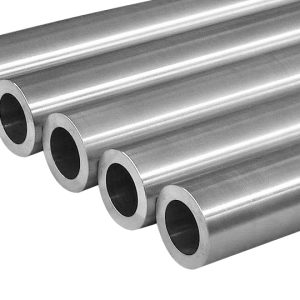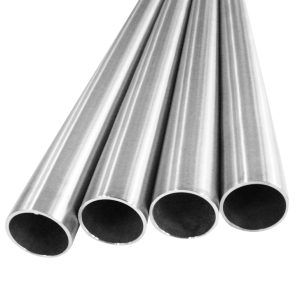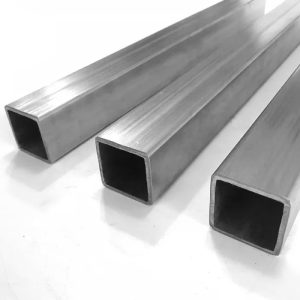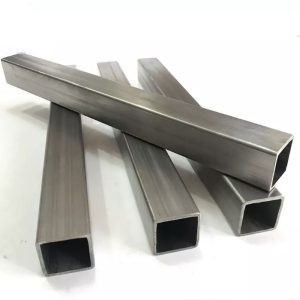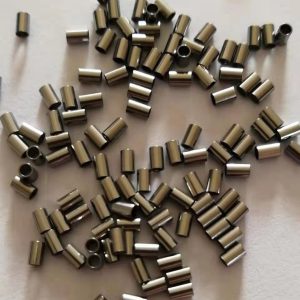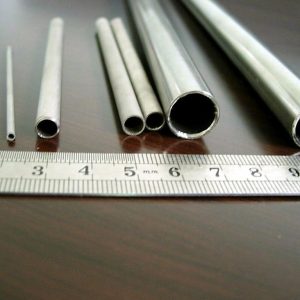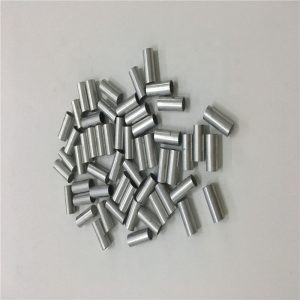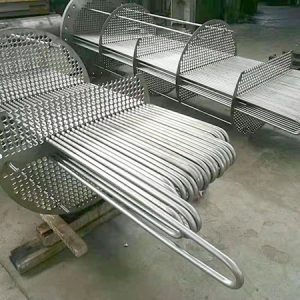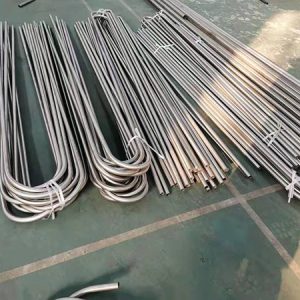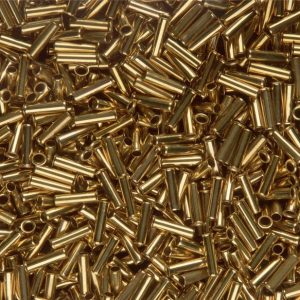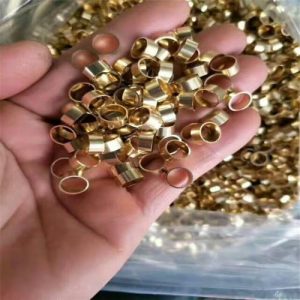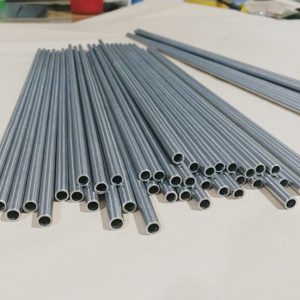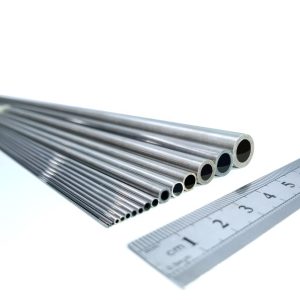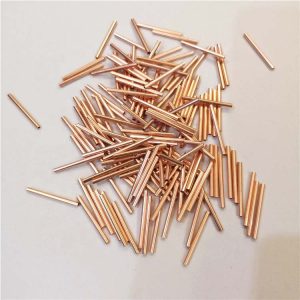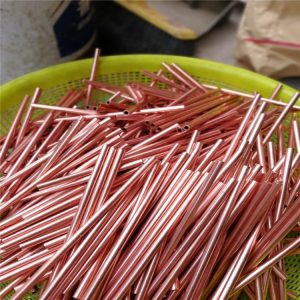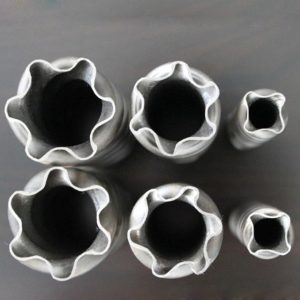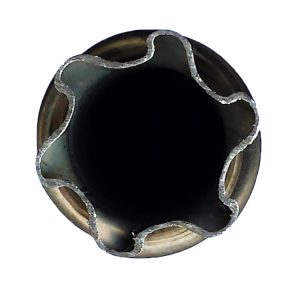หลอดไทเทเนียมเส้นเลือดฝอยขนาดเล็กพิเศษ
ท่อเส้นเลือดฝอยไทเทเนียม
Titanium tubing are delivered in straight lengths or as U-bent tubing. ท่อเกลียวไทเทเนียม, ท่อเส้นเลือดฝอยไทเทเนียมมีให้ตามความต้องการ. ท่อไทเทเนียมทั้งหมดที่นําเสนอโดยเราจะผ่านกระบวนการทดสอบที่เข้มงวด.
หน้าตา:
ความหนาแน่นต่ํา, ความแข็งแรงจําเพาะสูง, ทนต่อการกัดกร่อนได้ดีเยี่ยม, ไม่มีสนิม, เสถียรภาพทางความร้อนที่ดี, การนําความร้อนที่ดี, คุณสมบัติทางชีวภาพ, ความเป็นพลาสติก, ฯลฯ.
โปรแกรม ประยุกต์:
สาขาอุตสาหกรรม, อวกาศ, สถาปัตยกรรม, ยาน ยนต์, ชีวการแพทย์, กระบวนการทางเคมี, ทะเล, ทหาร, น้ำมัน, ขับ รถ, การแข่งม้า เครื่องแลกเปลี่ยนความร้อนและคอนเดนเซอร์,ระบบท่อส่งของเหลวกัดกร่อนทุกชนิด,ท่อจักรยานไทเทเนียม, ท่อไอเสียรถยนต์,การเพาะเลี้ยงสัตว์น้ํานอกชายฝั่ง
- การบรรยาย
- การไต่ถาม
การบรรยาย
Titanium tubes– Aerospace Applications
Titanium is used in engine applications such as rotors, compressor blades, hydraulic system components and nacelles. Titanium 6AL-4V alloy accounts for almost 50% of all alloys used in aircraft applications.
Due to their high tensile strength to density ratio, high corrosion resistance, and ability to withstand moderately high temperatures without creeping, titanium alloys are used in aircraft, armor plating, naval ships, spacecraft, and missiles. For these applications titanium alloyed with aluminium, vanadium, and other elements is used for a variety of components including critical structural parts, fire walls, landing gear, exhaust ducts (helicopters), and hydraulic systems. In fact, about two thirds of all titanium metal produced is used in aircraft engines and frames.
Titanium tubes– Industrial Applications
Titanium is used in engine applications such as rotors, compressor blades, hydraulic system components and nacelles. Titanium 6AL-4V alloy accounts for almost 50% of all alloys used in aircraft applications.
Due to their high tensile strength to density ratio, high corrosion resistance, and ability to withstand moderately high temperatures without creeping, titanium alloys are used in aircraft, armor plating, naval ships, spacecraft, and missiles. For these applications titanium alloyed with aluminium, vanadium, and other elements is used for a variety of components including critical structural parts, fire walls, landing gear, exhaust ducts (helicopters), and hydraulic systems. In fact, about two thirds of all titanium metal produced is used in aircraft engines and frames.
Titanium tubes– Consumer and Architectural Applications
Titanium metal is used in automotive applications, particularly in automobile or motorcycle racing, where weight reduction is critical while maintaining high strength and rigidity. Titanium is used in many sporting goods: tennis rackets, golf clubs, lacrosse stick shafts, cricket, hockey, lacrosse and football helmet grills, and bicycle frames and components. Titanium alloys are also used in spectacle frames. The two most common Titanium alloys used in the cycling industry are 6AL-4V (Grade 5) and 3AI-2.5V (Grade). These two different alloys are both high strength Titanium and are both fairly common in the Industry.
Titanium tubes– Medical Applications
Because it is bio-compatible (non-toxic and is not rejected by the body), Titanium is used in different medical applications including surgical implements and implants, such as hip balls and sockets (joint replacement) that can stay in place for up to 20 years. Titanium has the inherent property to osseointegrate, enabling use in dental implants that can remain in place for over 30 years. This property is also useful for orthopedic implant applications. Titanium is also used for the surgical instruments used in image-guided surgery, as well as wheelchairs, crutches, and any other products where high strength and low weight are desirable. The unique qualities of titanium also prove to be MRI (Magnetic Resonance Imaging) and CT (Computed Tomography) compatible.
หากมีคําถามใด ๆ, please feel free to contact sales@tubesolutions.com.cn
ชื่อ | ท่อไทเทเนียม & ท่อ |
มาตรฐาน | มาตรฐาน ASTM B338 / ASME SB338, มาตรฐาน ASTM B337 / ASME SB337, มาตรฐาน ASTM B861 / ASME SB861, มาตรฐาน ASTM B862 / ASME SB862,AMS4911,AMS4928 |
เกรดวัสดุ | ม.1, ก.2, ก.4, ก.7, ก.ค.ศ., ก.ค.ศ.11, ก.12, ฯลฯ |
ความยาว | ≤14000mm |
ขนาด(มิลลิเมตร) | Diameter 1.00-8.00mm |
รูปร่างส่วน | กลม / จัตุรัส |
ความอดทน | a) เส้นผ่านศูนย์กลางภายนอก: +/- 0.05มิลลิเมตร |
b) ความหนา: +/- 0.05มิลลิเมตร | |
c) ความยาว: +/- 0.5มิลลิเมตร | |
พื้นผิว | การดอง, การหลอม, ขัด, สว่าง. |
คุณลักษณะ | 1.ความหนาแน่นต่ําและความแข็งแรงสูง 2.ทนต่อการกัดกร่อนได้ดีเยี่ยม 3.ทนต่อผลกระทบของความร้อนได้ดี 4.แบริ่งที่ดีเยี่ยมต่อคุณสมบัติแช่แข็ง 5.ไม่เป็นแม่เหล็กและปลอดสารพิษ 6.คุณสมบัติทางความร้อนที่ดี 7.โมดูลัสต่ําของความยืดหยุ่น |
ทดสอบ | การทดสอบสควอช, การทดสอบเพิ่มเติม, การทดสอบแรงดันน้ํา, การทดสอบผลึกเน่า, การรักษาความร้อน, สวทช. |





